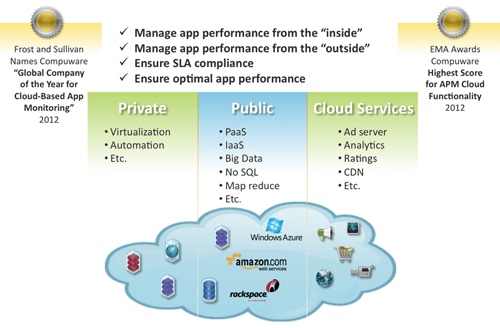- Identify the target of this performance management application. Whose or what’s performance is being improved?
- Which of the four components of performance management are evident in this case study? Which are not?
Application Performance Management Explained
An application performance management system is the continuous use of the 4 performance management components so that they are integrated into an agency’s core operations. Application performance management can be carried out at multiple levels, including the program, organization, community, and state levels. However it is applied, the application performance management cycle is a tool to improve health, increase efficiency, and create other benefits and value for society.
- Performance standards include identifying relevant standards, selecting indicators, setting goals and targets and communicating expectations. Performance standards are objective standards or guidelines that are used to assess an organization’s performance. They may be based on national, state or scientific guidelines or be based on the public’s or leaders’ expectations.
- The case study addresses the beginning stages of gathering all stakeholders and representatives from the community. The collaboration resulted in the formation of a Community Health Council which communicated its expectations and identified the mission, vision and goals of this effort.
- The Council needs to identify relevant standards or indicators that will be used to assess the performance of the collaborative community health improvement plan. Standards or indicators may be set based on national, state, or scientific guidelines; by benchmarking against similar organization; based on the public’s or leaders’ expectations (e.g., 100% access, zero disparities); or other methods.
- Performance measurement is the refining of indicators and defining measure. Performance measures are quantitative measures of capacities, processes, or outcomes relevant to the assessment of a performance indicator. It also includes developing a data system which can collect the data based on the measures.
- The four MAPP assessments are used as the major source of performance measures. After targets are established, data or information, often called indicators, related to those standards are identified and collected standard. The various indicators collected through the MAPP assessments provide the Council with a means of measuring performance relative to the targets it has identified.
- The reporting of performance component includes analyzing data, feeding data back to managers, staff, policy makers, and constituent, and developing a regular reporting cycle.
- The data and information derived from the four assessments were collected and analyzed by the subcommittee appointed by the Council. The data was fed back to the Council and to the various stakeholders in the community, including the organizations collaborating through the Council.
- There was no mention of a regular reporting cycle or determination if targets were met, goals achieved, or when to re-assess.
- Quality improvement process relies on the use of data for decisions to improve policies, programs and outcomes, then manage those changes and create a learning organization.
- The information provided does not describe what actions were taken to improve efforts to address specific priority health problems identified in the planning process.
- There are no processes identified for the disaster recovery plan to ensure that they continually take actions to improve performance and accountability.
Application Performance Management Standards
Public health agencies and their partners can benefit from using national standards, state specific standards, benchmarks from other jurisdictions, or agency specific targets to define performance expectations. Standards for health outcomes could be developed from Healthy People 2010 national health objectives tailored to the unique circumstances and assets of this community. Standards for public health processes and capacity could be derived from The National Public Health Performance Standards Program (NPHPSP) which defines performance in each of the 10 Essential Public Health Services for state and local public health systems and governing bodies. The NPHPSP supports users of the national standards with a variety of technical assistance products including online data submission and an analytic report back to the user jurisdiction.
Reporting of Progress
It would be beneficial to create a regular reporting cycle. After the program has developed its new objectives, these too then should be reviewed to see if targets and goals have been achieved and the entire process be re-assessed.
Quality Improvement
The community health improvement plan prioritized health problems and issues, identified goals and objectives and established clear work plans that assigned responsibility, redeployed resources, assured accountability for results, and an established timetable. Including a process to use performance information to decide areas for more evaluation.
Assume that the state health agency has required all communities in this state to complete a similar process in order for the state to develop a state health plan and state health priorities. No other statewide planning activities would be undertaken. In this scenario, what problems would you foresee from a performance management perspective? What might be done to enhance specific performance management components into a statewide health improvement initiative?
Aggregating data and information from all communities in the state would be useful for a statewide health improvement effort, but aggregating a series of local assessments would not be sufficient enough. Therefore, statewide standards and targets should be used and it is likely that additional data (indicators) would be necessary. Certainly there should also be a statewide body (similar to the Council) that convenes the process and assures involvement of important stakeholders (which may differ at the state level from those assembled at the local level). Improvement efforts would likely involve different or additional parties
